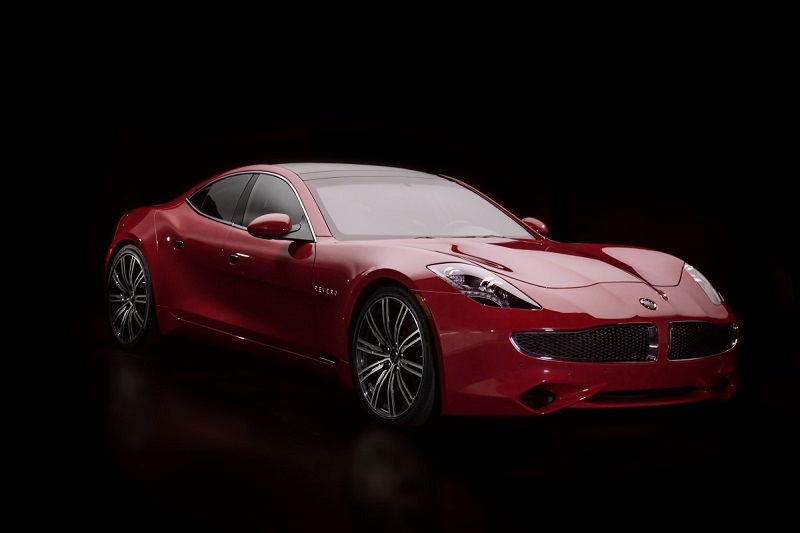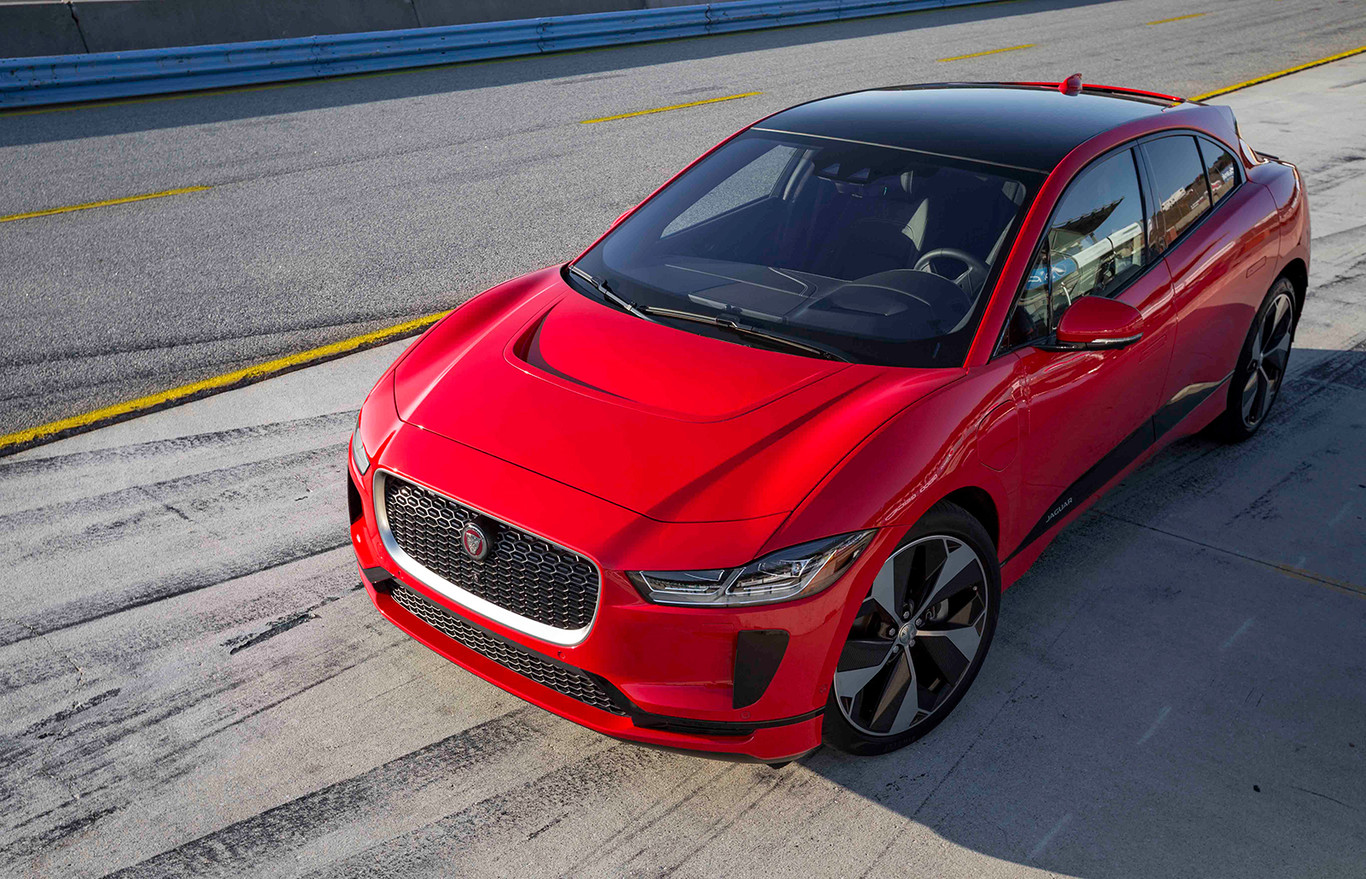A few days ago we learned the latest in automotive lighting, at least by the manufacturer Philips Illumines. Although we have seen some other new product (which has some interest), we have not witnessed anything we can classify as revolutionary. Four years ago we review the latest car headlights, and a year before we explain what constituted technologies and advanced lighting systems and vision and for the moment is still working on the same thing: halogen headlights, xenon, LED and laser .. . plus headlights OLED (primarily for secondary functions).
The fundamental intent in the car, always, is continuous improvement: more power, less consumption, more comfort, less noise, more safety … and of course have more light. Speaking of lighting, in addition to more light, while trying to innovate in other factors, such as design, color and aesthetics, energy consumption, and an aspect which increasingly become more important, the “intelligent lighting” ( understood as dynamic and adaptive lighting).

In 2020 80% of the headlights are still halogen or xenon
Although today the industry car features highly advanced light sources such as headlights with LED technology or headlamps with laser technology, lamps “traditional type” filament (for secondary functions), halogen and even xenon (which do not cease to be lamps with cap and glass bulb “traditional style”), will remain the most commonly used technologies.
In fact it may seem that these two technologies have reached its point of maximum evolution can still make improvements. For example, for right now Philips has shown us new halogen lamps H4 and H7 name RacingVision, “with a 150% brighter” than conventional halogen, and a color temperature of 3500 K (warm white light more).
They are homological to circulate them by city and highway driving, unlike halogen lamps special competition and rally, which could not be used for road lamps.
As we explained this is achieved with high precision filaments, blister filled with gas at 13 bar pressure and UV quartz glass with chrome coating. However to get a halogen lamp get more light you have to pay a toll: life is eroded to about half a conventional halogen lamp.
What have other manufacturers? For Osram, one of the largest suppliers of automotive lamps, halogen lamps currently sells Night breaker “with 110% more light” and reach over 40 m beam with respect to a standard halogen lamps.
Are equivalent concepts “as much by the way more brightness” with “as much percent more light”? We do not know, indeed, as consumers is somewhat difficult to objectively compare to see which gives more light. Osram lamp at least know the number of its luminous flux (lm 1550), the Philips no.
Is note that this lamp gives more light? For the demonstration they had prepared in a garage in the dark, between two identical cars, one with the new halogen lamps and another with conventional (but we know neither make or model), yes you could see that give some more light, and it’s a little whiter.
Is 150%? It is difficult to confirm with the naked eye, and that percentage includes several concepts in one, as luminous flux of the lamp (lumens) and brightness(candelas per square meter), and compared with respect to the legal minimum standard. This means you can take your car and some halogen lamps give a higher light than the legal minimum, and if the new ones not change much difference appreciate.
According to Philips, the advantage that automakers still see the veteran halogen lamps is that a car headlight comes halogen lamps cost between 4 and 5 times less than a headlamp with LED technology.
Xenon lamps can also give a little more of himself
As for xenon headlights, lamps or high intensity discharge (HID), there is also some room for improvement. Philips showed us new lamps (in this case name X-tremeVision second generation), “with a 150% brighter” and a color temperature of 4800 K (white light), with 2000 hours lifespan. The trick is again as we explained to increase the gas pressure inside the glass bulb of the lamp.
We also wonder what are other manufacturers of lamps car. In Osram we found that xenon lamps are sold Xenarc Night Breaker, “with 70% more light” and reach over 20 m beam, compared with a standard xenon lamp. Its color temperature is 4,350 K and its luminous flux 3200 lm. Yes we know that the light is more white on the new lamp from Philips, but we are not sure how much more light given.
Again we expected a demonstration in the garage identical dark, between a conventional xenon lamp (do not know which one ) and one of the new, in identical cars with the same types of headlights. It is noted that the color temperature of the new lamp is higher ( slightly more white light and cold). Instead it cost me distinguish that more light is perceived (but here we leave the photo so you can see for yourself).
Do you have any inconvenience these new xenon lamps as happened to halogen we saw before? As they said we have less life. Yes, they are somewhat more expensive, although the difference is not very large, between 5 and 10% more than the cost of a conventional xenon lamp.
You may also like to read another article on xWorld: The future of autonomous cars could be in the tiny sensor
Headlamps with LED technology are the future
While you are not going to leave the halogen technology, the lighting industry is quite clear that technology with the greatest potential for the future is the LED, because more light is achieved, shades whiter light (which like most of the drivers), durability, lower consumption and greater possibilities of design, style and aesthetics.
Serve a couple of interesting facts that told us the expert in automotive lighting Philips during the presentation: halogen headlights have about 500 to 600 hours of useful life of the lamp and a consumption of about 110 W (per pair), while with an LED light lifespan can exceed 20,000 hours and consumption is reduced to about 40 W.
And what happens with laser lights? For as they explained, they are great because they allow designs of very small, low and thin headlamps have a range on the road even greater (about twice the beam or long range), and even consume less power than LED headlamps, but they have the great inconvenience that its price is very high.
Suffice it to recall the example that laser headlights of the BMW i8 cost more than 11,000 dollars as an extra optional equipment, there is nothing. There is still much work to do to that laser headlights have an affordable price, so the technology more real future right now are the LED headlights.
Besides these two, for certain applications of auto lights, such as turn signals, lights and brake light is also working on lamps with OLED technology, especially for aesthetic and design issues, but so far no application for leading to low beam or high beam (short and long range) headlights.
In addition to the headlights with LED technology designed from the outset as such and mounted, the Dutch manufacturer showed us different models of LED lamps for use as spares with which update the car models and made with halogen headlights.
They are lamps with various LED with design compatible with H4 and H7, which could be mounted in most cars, but not all, because although the design is intended to be universal, the heat sink which requires the lamp to the rear It takes up space, and therefore its actual compatibility depends on the design of the rear of the car headlamp and space than is available in the engine compartment.
This way you can have something more light, whiter hue and lower consumption by a relatively affordable investment per car (pair of headlights) of around 200 dollars. However, the legislation of each country’s technical inspection of vehicles and road safety approval, restricts the possibility of incorporating LED lamps.
For example, the legislation is very restrictive about changes to the car lights with respect to the original approval when it went on sale: if the headlight of the car was not intended to LED, you cannot mount these new lamps LED.
This is because certainly if the reflective screen of the headlamp or crystal dispersion or lens scheming (if any), they are designed to project a beam of certain light originated from a light source lamp type halogen, switching type light source lamp or unwanted effects may occur in the geometry of light (eg greater dazzling other drivers).
For other applications such as replacing lights direction indicators (flashing) or brake lights, the advantage of LED lamps is that their electronic ignition is faster than traditional incandescent bulbs.
An interesting fact that told us this manufacturer of lamps is that with a brake light LED lights faster and instantly have calculated that at a speed of 120 km / h, the driver of the vehicle coming from behind can react a few tenths second before, reducing the reaction distance, so eventually stopping distance (braking reaction +) at 6 meters is reduced.
Adaptive headlights, gradually generalize
Besides different lamp manufacturers car are working on products that give more and more light, there is another aspect that these are working in collaboration with vehicle manufacturers: that light is “smarter” , ie that the headlights are adaptive and dynamic.
That is, the light generated by headlights not always equal and constant, and the driver does not have to intervene at any time and that adaptability is automatic.
For some years they have been developing systems headlights walking in this direction, although at first may have some drawbacks. First, it started with systems that automatically lit or lights out, or activated or automatic the beam or long range, we have also developed directional headlights that turn slightly to better illuminate the curves, and so on.
For most modern cars have implemented systems that adapt constantly the light beam depending on the speed at which it circulates, and if vehicles ahead, or we passed oncoming vehicles we can dazzle. Directional bi – xenon headlamps with independent electronic shutters and the array of LED technology (LED matrix) that turn on and off lighting modules each beacon independently allow this kind of dynamic adaptation.
For now you can normally mounted as equipment optional a headlamp, which expand or narrow the beam, or up or down the beam of one or both headlights to suit different situations. With video cameras with higher sensitivity and resolution and processing systems more advanced picture is improving the functioning of these systems in recognizing other vehicles and situations.
Also we will see more and more lights that recognize the signs, junctions or roundabouts, to modify the lighting for every situation, for example to give more light onto the shoulder and better illuminate a signal to widen the illuminated area to arrive at a cross, or that recognize pedestrians and specifically night light to highlight and minimize the risk of not seeing them in time (remember examples serve BMW or Ford, to name a few).
Over the years these technologies will be extended to more and more models, brands and prices of cars, as are proving remarkably improve lighting quality, safety during night driving and driver comfort.
More reviews onMydiscountmarket.com



